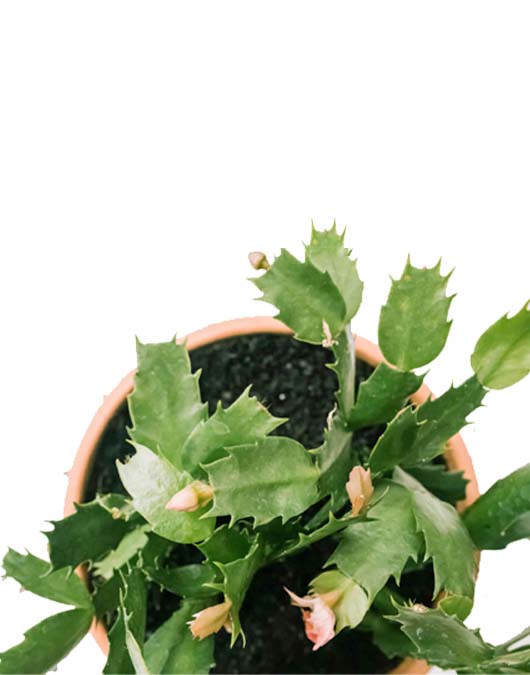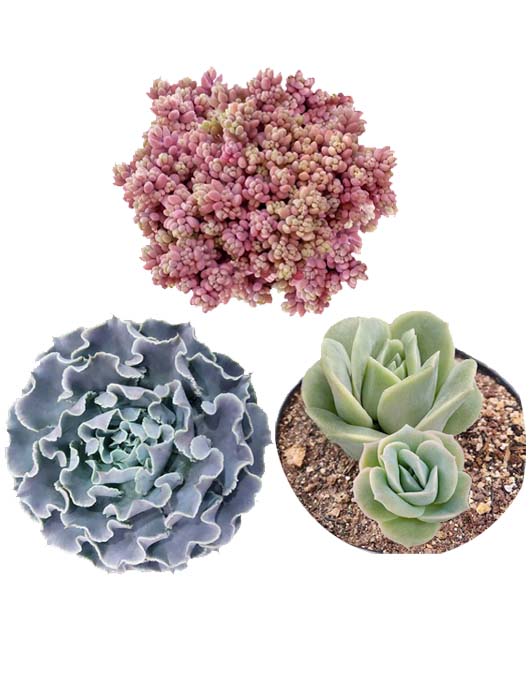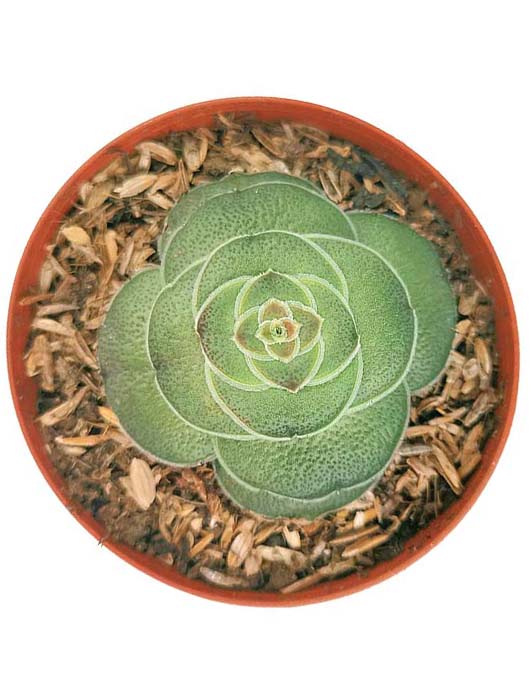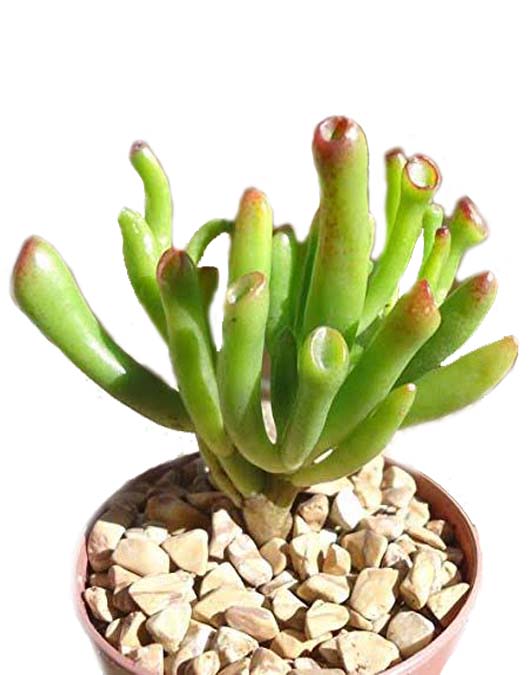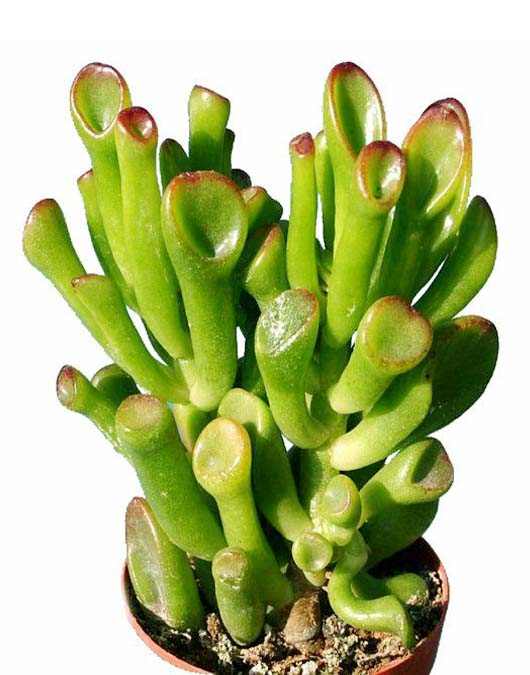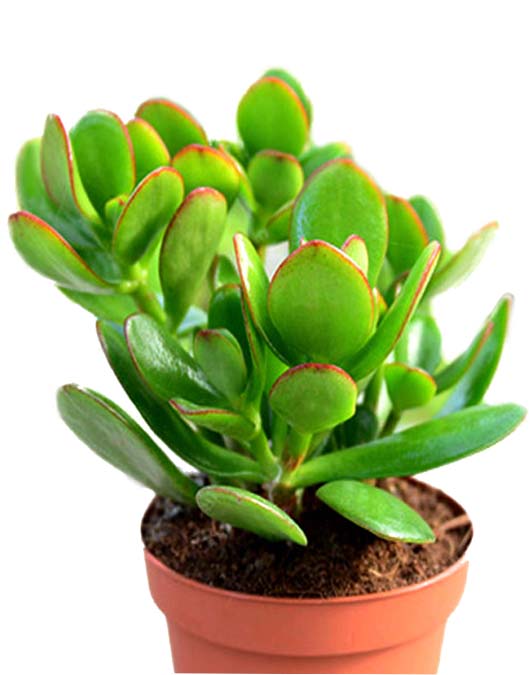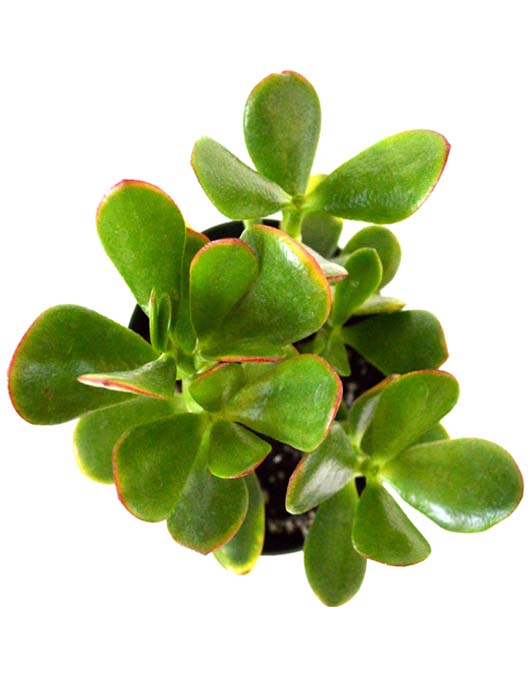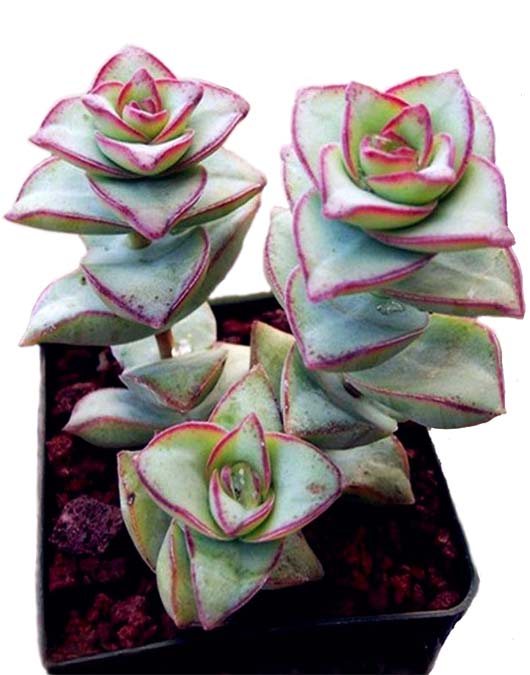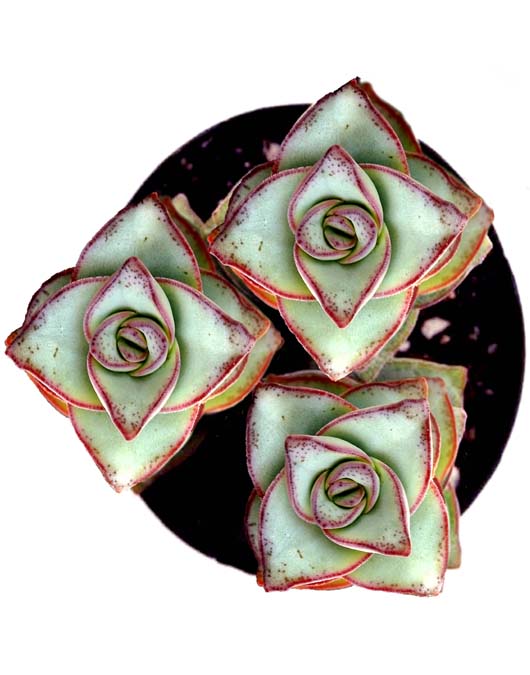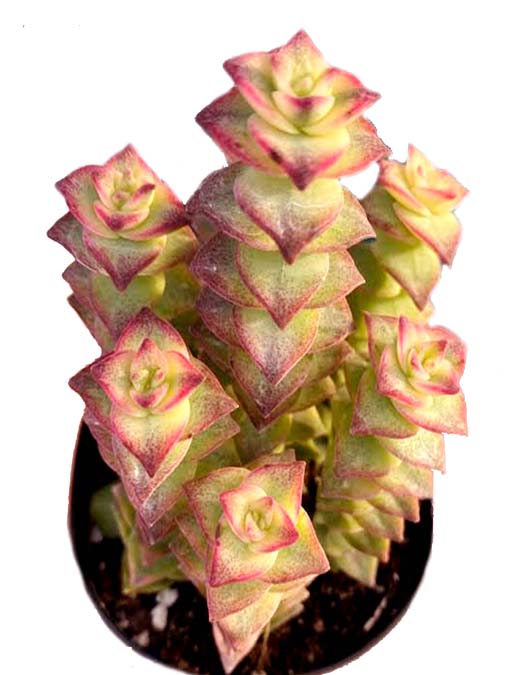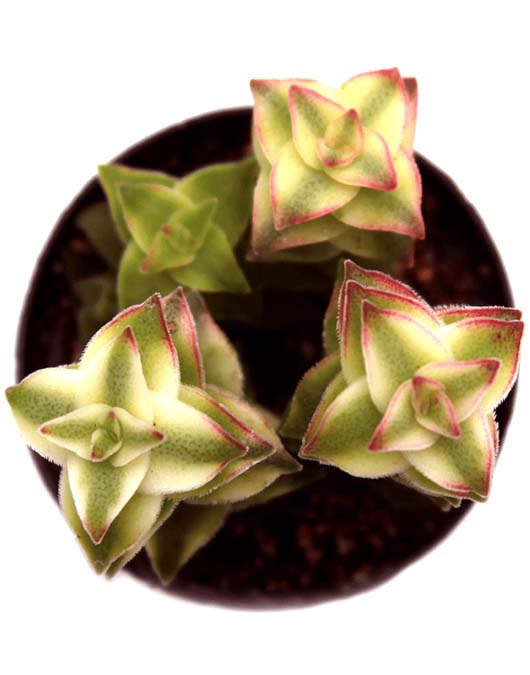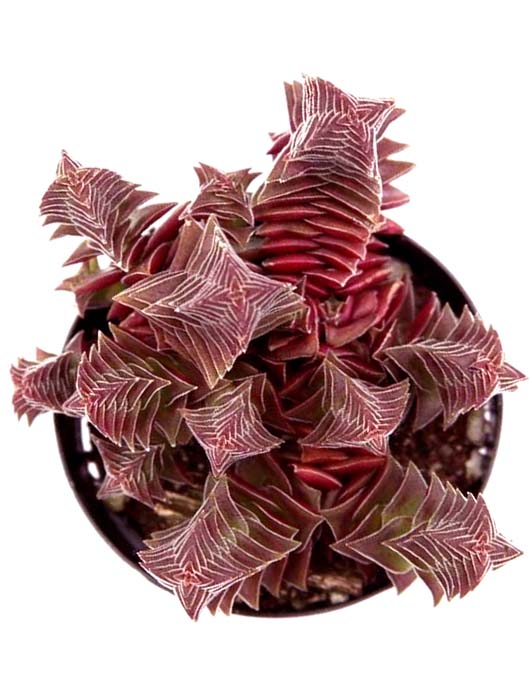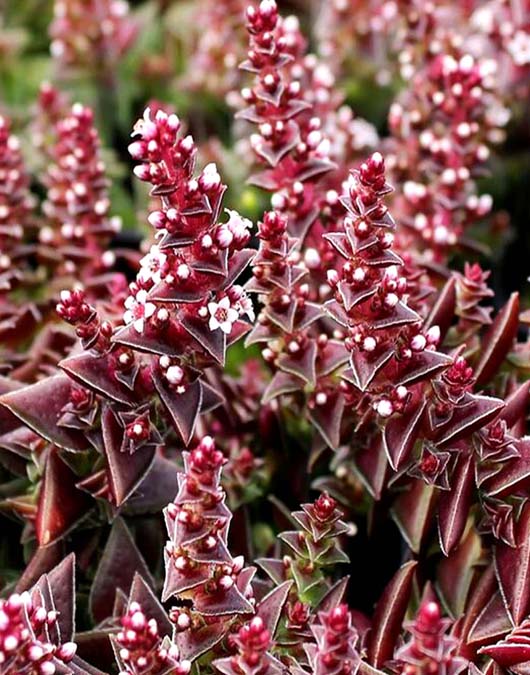- Package Contains 3 Natural Live Succulent Plant Echeveria Shaviana Truffles , Echeveria Lovely Rose & Sedum Dasyphyllum Minor.
- Over Watering Can Kill Your succulents Kindly Water This plant Once in 4 Days. Water The Plant Till The Water Comes Out Of The Holes At Bottom of The Pot & Then Wait Till It Is Completely dry Before You Water Again.
- Plants Will Be Given With Free Plastic Pot.
Out Of Stock
EtonGreen Live Combo of 3 Succulent Plants Echeveria Tippy, Pachyphytum Moonstone & Sedum Dasyphyllum Minor
- Package Contains 3 Natural Live Succulent Plant Echeveria Tippy , Pachyphytum Moonstone & Sedum Dasyphyllum Minor.
- Over Watering Can Kill Your succulents Kindly Water This plant Once in 4 Days. Water The Plant Till The Water Comes Out Of The Holes At Bottom of The Pot & Then Wait Till It Is Completely dry Before You Water Again.
- Plants Will Be Given With Free Plastic Pot.
- Crassula hemisphaerica is a succulent plant with usually one, rarely 2 or 3 rosettes of recurved tightly packed leaves. so the Rosette Hemisphirical in section.
- It has green flat leaves that are opposite, arranged in rosettes, with margins with white hairs.
- The Crassula Hemisphaerica is a must-have succulent with a beautiful cluster.
- Crassula needs a well draining soil. A well draining soil is very important.
- Crassula Hemisphaerica is best known to be a strange looking succulent. As the plant matures you can expect it to turn light green to dark green with darkish spots around the finely shaped leaves and light green color around the edges. When the plant produces flowers expect small white flowers.
- Crassula ovata. Jade plants are succulents with fleshy foliage
- Gollum Jade, also known as Crassula Ovata or “Money Plant”, is a small shrubby succulent
- Crassula ovata, commonly known as jade plant, lucky plant, money plant or money tree, is a succulent plant with small pink or white flowers
- Crassula ovata, commonly known as jade plant, lucky plant, money plant or money tree, is a succulent plant with small pink or white flowers that is native to the KwaZulu-Natal and Eastern Cape provinces of South Africa, and Mozambique; it is common as a houseplant worldwide
- Crassula ovata Gollum is a fun and fashionable variety of Crassula. It is smaller and more compact than the standard variety. Its leaves are a fascinating slender, tubular shape, ending in red tips that look like suction cups.
- Plant Will Be Given With Free Plastic Pot
- Crassula ovata, commonly known as jade plant, lucky plant, money plant or money tree, is a succulent plant with small pink or white flowers that is native to the KwaZulu-Natal and Eastern Cape provinces of South Africa, and Mozambique.
- Crassula Ovata Plant is a Popular Good Luck Charm
- Live Lucky Plant For Home & Office
- Plant Will Be Given With Free Plastic Pot
- “String of Buttons” is a shrub succulent. It grows well indoors, and does well in terrariums. The triangle-shaped leaves grow opposite each other and spiral around the stem, causing it to look stacked. The gray-green leaves may have a pinkish tint to the edges if given enough light. Look for pale yellow flowers in the spring.
- Crassula perforata “String of Buttons” is an easy-to-care-for succulent, perfect for beginners and indoor growing It is fast growing
- They have small, tight leaves that appear to spiral around their stem.
- “String of Buttons” has typical watering needs for a succulent. It’s best to use the “soak and dry” method, and allow the soil to dry out completely between waterings.
- The plant grows straight up at first, then sprawls and appears to spill out of the pot as it matures. They can grow upto over 1 ft. (30cm) long.
- Plant Will Be Given With Free Plastic Pot
- Crassula perforata ‘Variegata’ is an attractive succulent shrub with variegated leaves. It grows up to 18 inches (45 cm) tall.
- Crassula perforata is an impressive-looking succulent that’s great for beginners.
- The chunky, triangular leaves spiral around the stem, . Such a charming plant will elevate any space, including yours!
- It’s commonly found in terrariums and rock gardens. Because of its sprawling nature though, it also grows well as a ground cover and in hanging baskets. When planted outside, it attracts butterflies and hummingbirds.
- Plant Will Be Given With Free plastic Pot
- Thyrsiflora ‘Pagoda Village‘, also known as Crassula ‘Pagoda Village’, is a unique succulent that forms rosettes of leaves that change the color from green, red to purple. Flowers appear at the end of the up to 10 inches (25 cm) long pagoda chains. They are tiny, white, and up to 0.25 inch (0.6 cm) in diameter.
- The beefy flesh of Crassula Pagoda Village succulent looks like pagodas, which are strange and beautiful and of great value to watch.
- Watering for Crassula pagoda village is the same as in most Succulent plants. Follow the principle of “watering through”. Water the Pagoda once a week in the spring and autumn, keep the soil moist and wait until the soil is dry.


